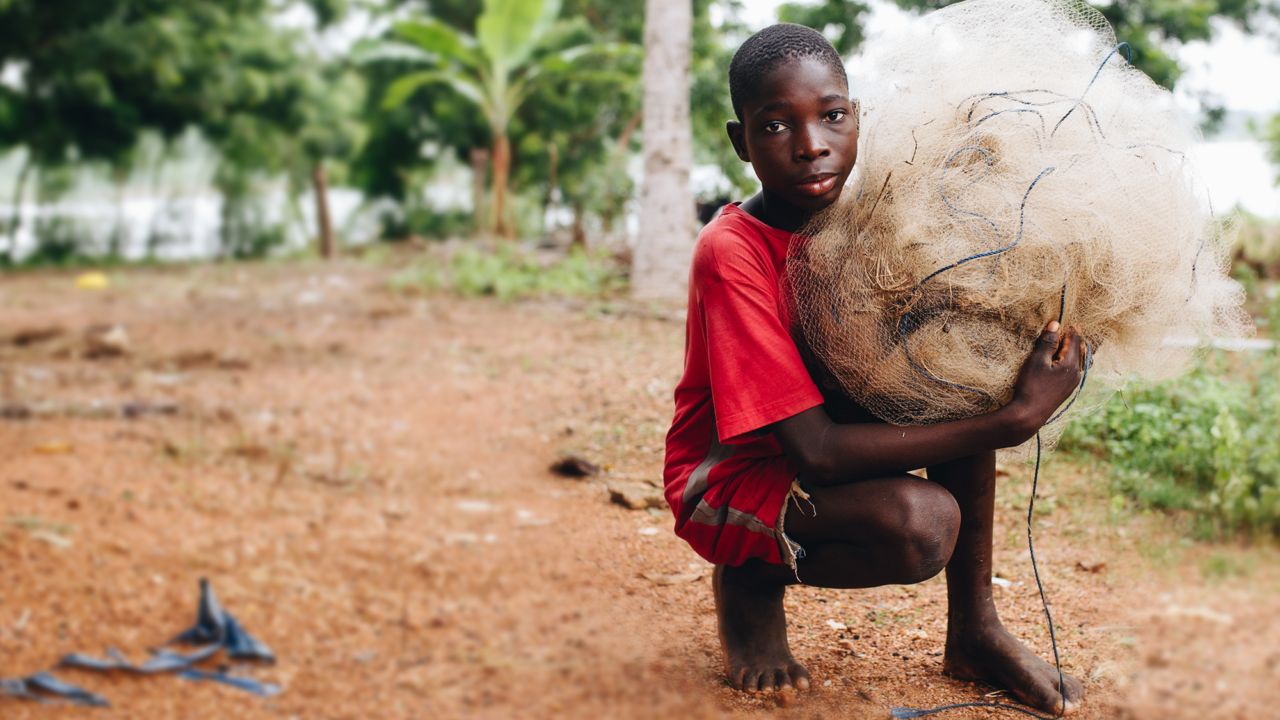
NGOCSTIP – Campaigns target child exploitation worldwide as international coalitions intensify efforts to end trafficking in minors. As July 30 approaches, the global community prepares to mark the World Day Against Trafficking in Persons. This year’s focus lies in stopping the exploitation of children. The campaign is supported by the Blue Heart symbol, which represents solidarity with trafficking victims. The initiative urges governments, civil society, and citizens to take part in awareness activities. Children remain among the most affected by trafficking due to poverty, conflict, displacement, and digital vulnerability. These risks are even more prevalent in regions with weak legal frameworks or enforcement. Awareness events are scheduled across major cities and rural communities. The campaign encourages schools, institutions, and media platforms to spread preventive messages. By placing children at the center of its advocacy, the campaign seeks not only justice but also protection and long-term support systems for survivors worldwide.
The 25th OSCE Alliance against Trafficking in Persons Conference took place in Vienna earlier this year. Over two days, experts, diplomats, law enforcement, and non-governmental organizations shared ideas and strategies. The main theme focused on child trafficking and the urgent demand for practical and actionable solutions. Key speakers identified major gaps in victim identification, prosecution processes, and child-specific care services. Delegates discussed child-sensitive legal reforms and built frameworks for multidisciplinary responses.
Conference participants introduced strategies such as cross-border collaboration, better data collection, and survivor-led initiatives. Vienna played a dual role as both event location and a powerful symbol of human rights advocacy. The event shaped future awareness efforts by providing important policy insights. Campaigns target child exploitation worldwide by drawing on lessons from such global forums to improve coordination and adopt best practices. Institutions can now apply the practical recommendations shared during the sessions. Despite global progress, many countries still face urgent challenges in protecting child victims.
The Blue Heart stands as a powerful icon in the fight against human trafficking. This year, campaigners highlight it to raise awareness about child exploitation. The heart reflects the sadness of victims and the coldness of those who exploit them. Citizens wear or share the symbol on social media, posters, or clothing during awareness week. Its broad visibility strengthens the conversation around trafficking in public spaces. Schools and youth organizations actively promote the campaign through various creative initiatives. The simple design appeals to young audiences and encourages open discussions about safety and trust. The image not only stirs emotions but also pushes political leaders to respond. Activists use the symbol to drive policy change and demand stronger support for child protection. Blue Heart outreach events take place across several countries throughout July and August, with communities leading activities that engage families, educators, and local officials.
Prevention strategies form the foundation of global anti-trafficking efforts. Governments, schools, and NGOs educate children, parents, and teachers about the risks and tactics traffickers use. Many countries now host community workshops and digital safety classes. In some regions, schools implement new curricula that help students recognize danger signs and build resilience. Developers have launched mobile apps and helplines that allow users to report suspicious activities anonymously. These tools give children and caregivers the ability to protect themselves and others. Awareness campaigns also distribute multilingual materials to refugee populations and underserved communities. Legal professionals and medical workers receive specific training to identify signs of trafficking in daily interactions. In addition to education, prevention efforts include programs that reduce vulnerability through better access to housing, healthcare, and mental health support. Governments and civil groups coordinate these efforts to create a strong and multi-layered protection system for children at risk.
“Read more: Children in Crisis: Armed Conflicts in 2024 Bring Alarming Levels of Harm”
Global solidarity plays a key role in sustaining the momentum of anti-trafficking campaigns. On July 30, various countries will host public rallies, webinars, art exhibits, and online campaigns. Governments will issue statements and may launch new protective legislation. Yet it is local efforts that often have the most direct impact. In small towns and remote regions, volunteers and teachers organize outreach programs tailored to cultural contexts. Survivors who share their stories become powerful advocates for change. International bodies like the OSCE and UNODC support these efforts by providing guidance, training, and funding. In 2025, greater emphasis is placed on child participation and survivor inclusion in policy-making processes. Communities are urged to remain vigilant and report suspected trafficking cases. The protection of children is a shared responsibility that cannot rely solely on annual observances. Year-round commitment at every level ensures that awareness translates into real safety and opportunity.